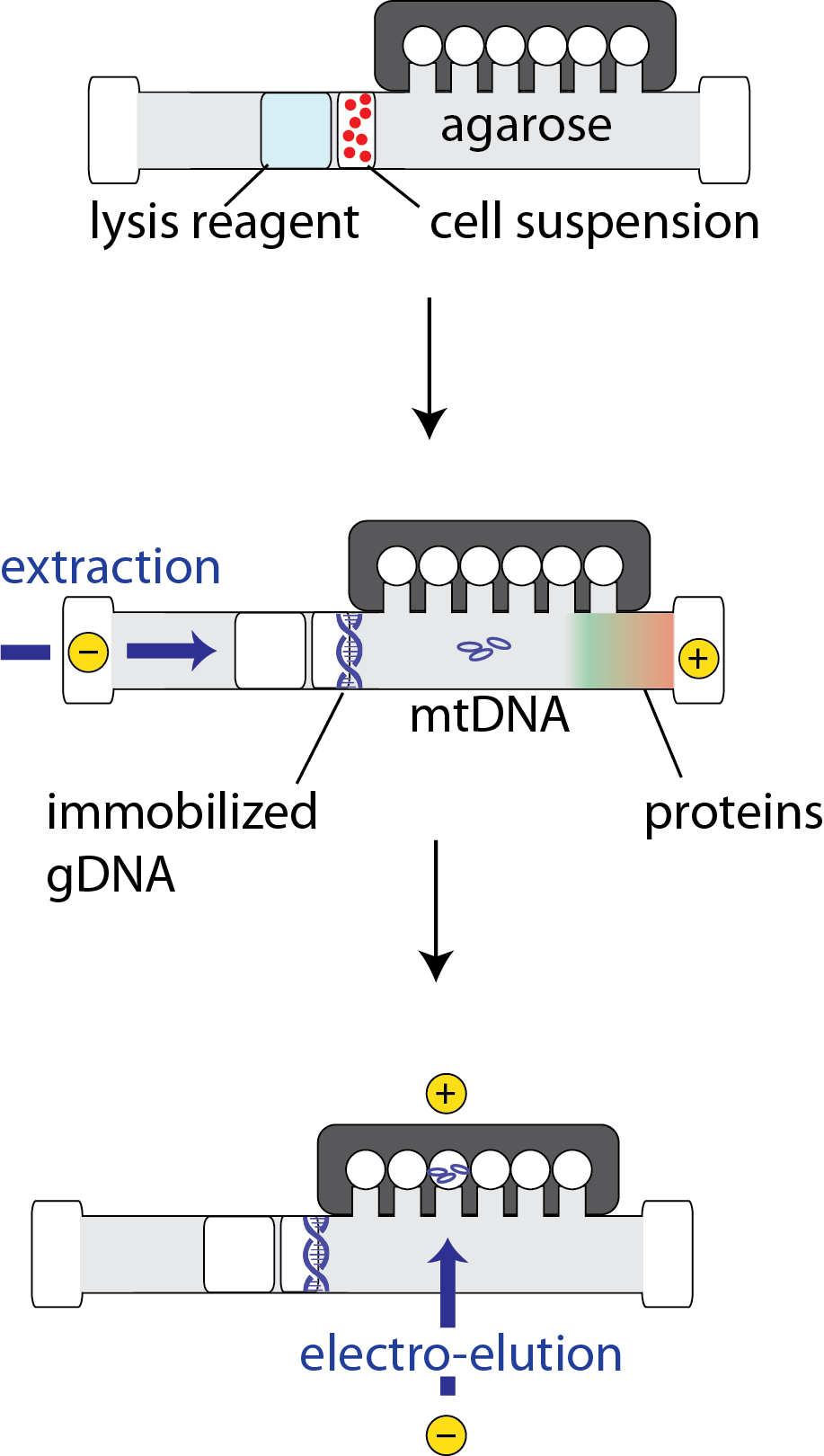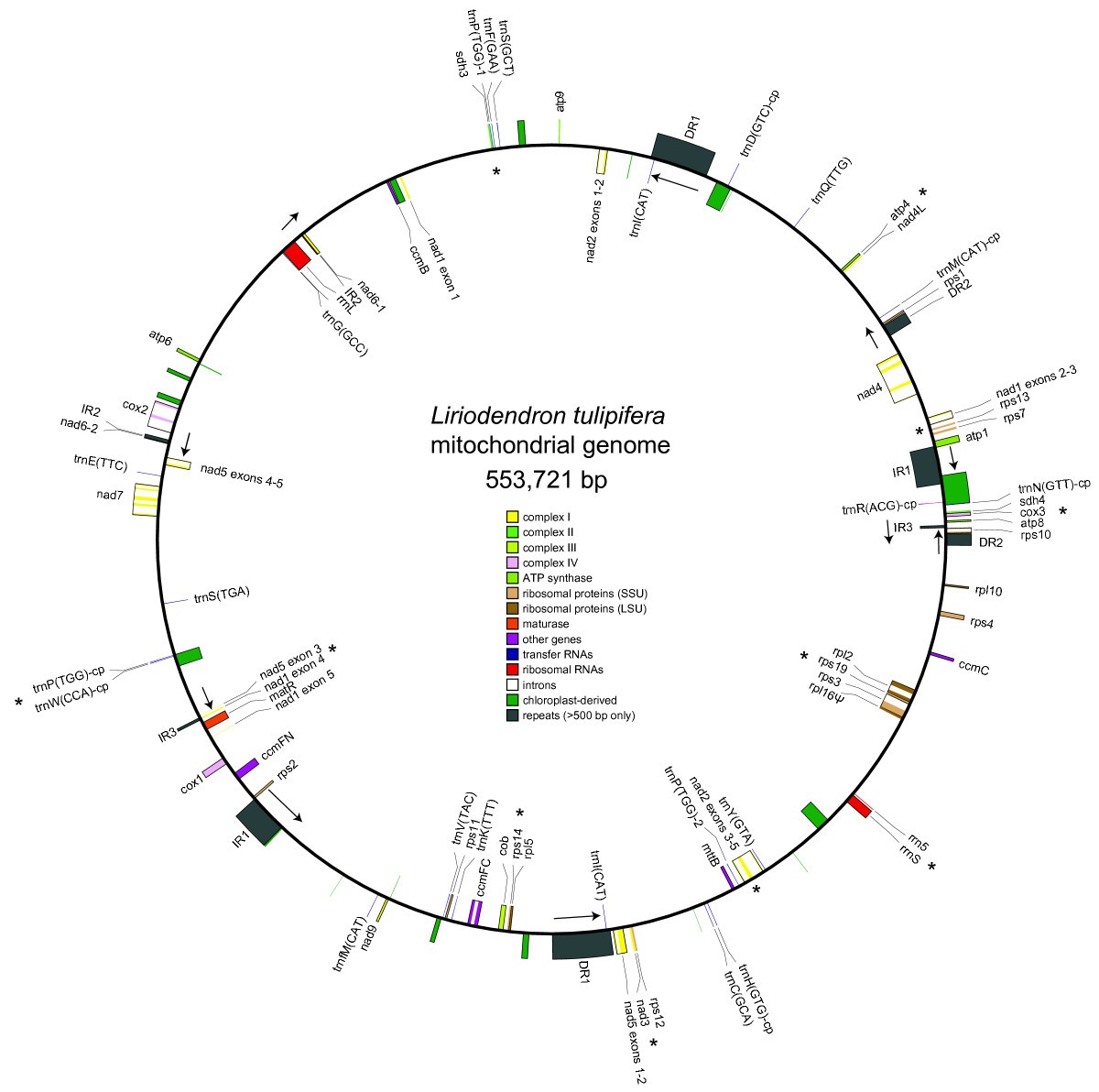

2 10 12 Other processes may also contribute to this problem, including selection, positive or negative, operating on some sequence changes, non-independence of mtDNA sequence changes, and the possibility of a temporally episodic clock (that is, evolution occurring as a result of bursts of mutations 13). 11 It is not surprising, therefore, that different laboratories report different rates of mtDNA evolution. 10 This site variability has profound effects on phylogenetic estimates of divergence rates. Thus, the hypervariable sequences in the non-coding displacement loop evolve much more rapidly than the coding regions.

8 9 For example, different regions of the mitochondrial genome evolve more rapidly than others. This phylogenetic approach is dependent upon several factors, including an accurate value for the benchmark time and a realistic model of sequence evolution that is used for phylogenetic tree construction, both of which are highly prone to uncertainty and inaccuracy. The most common approach is to construct a phylogenetic tree from a collection of mtDNA sequences, use the tree to estimate the average number of sequence changes/genome (branch length) that have occurred since the time of the last common maternal ancestor, and then to calculate the rate of evolution relative to some “benchmark”, such as the time of the human-chimpanzee divergence. There have been numerous attempts to measure the rate of evolution of the human mitochondrial genome. This degree of polymorphism is useful in forensic medicine, 1 2 in the construction of mtDNA phylogenies, 3 and in the analysis of population migrations. True clonality can only be determined by full sequencing of the T cell receptors, but clonality can be estimated by measuring the diversity of TCR beta variable regions.ĭownload a demo version of the TCR Diversity Report and open the corresponding TCR Diversity Report-Readme file.The accumulation of mitochondrial DNA point mutations and the mitochondrial genetic “clock”īecause mitochondrial DNA accumulates mutations much more rapidly than nuclear DNA, the mtDNA sequence of any one person from the world wide population differs from that in another person by an average total of 25 base pair substitutions (Andrews et al, unpublished observations). A lower TCR score means there is less diversity or a more clonal population. A given score is relative within a dataset, and a higher TCR score means there is a more diverse population of variable regions or a less clonal population. This ecological calculation accounts for the abundance and evenness of the variable regions present within a given sample versus the population of T cell receptors within a given dataset. The score is based on the Shannon Diversity index calculation, a mathematical measure of species diversity within a community. The TCR score calculates the diversity of T cell receptor beta variable regions within a sample. An estimate of TCR Diversity is calculated and shown relative to designated grouping variables. The variable regions are assessed for overall expression (above or below background) and normalized to a panel standard which allows for more precise quantification of these variable regions. The TCR Diversity report is available for purchase separately from NanoString for use within the ROSALIND® Platform and evaluates the expression of variable regions of the T cell receptor. The ROSALIND Platform for nCounter Analysis.AtoMx™ Spatial Informatics Platform Show submenu.CosMx SMI Overview – Single Cell Imaging.CosMx™ Spatial Molecular Imager Show submenu.

nCounter Stem Cell Characterization Panel.Stem Cells / Regenerative Medicine Show submenu.GeoMx® Digital Spatial Profiler Show submenu.Elevate your single-cell research with our new spatial multiomics instrument.


 0 kommentar(er)
0 kommentar(er)
